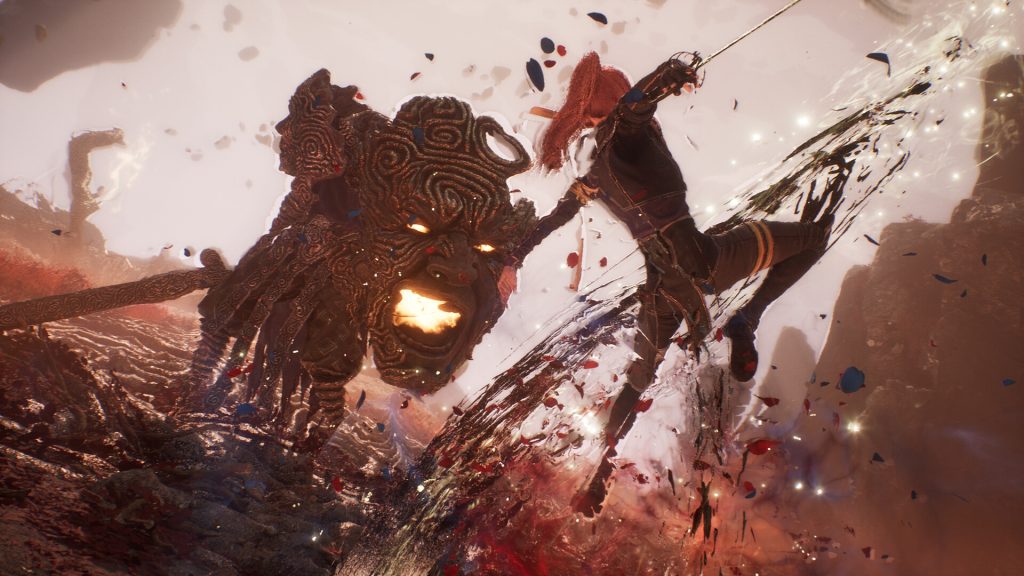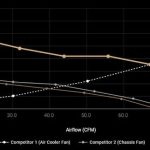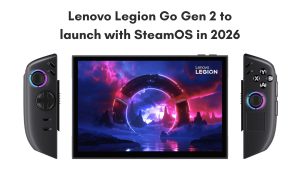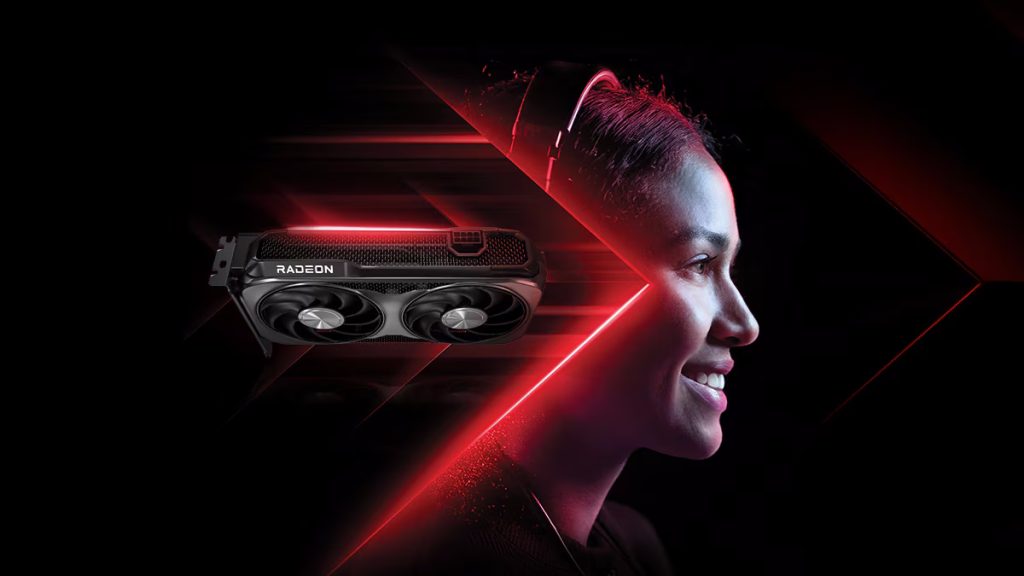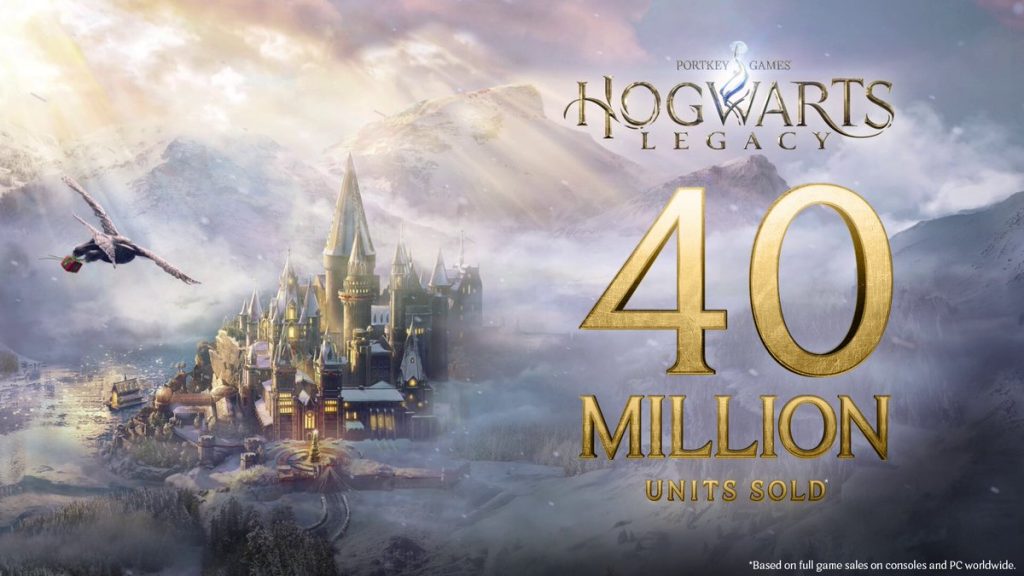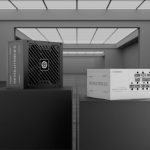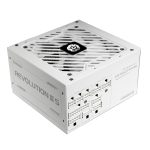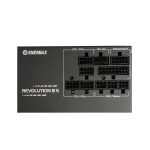18,000 hour-long torture test reveals OLEDs are more reliable than LCDs
The team at RTINGS has been running a multi-year longevity experiment. This grueling torture test has seen 102 televisions pushed to their absolute limits over the last three years. The latest data drop confirms that while the majority of modern displays can survive the 10,000-hour milestone unscathed, a number of units have succumbed to the pressure, with 20 TVs dying completely.
When looking at which manufacturers are delivering long-term durability in this test, LG and TCL have emerged as the frontrunners. Despite the perceived gap in market positioning, both brands showed remarkably low failure rates throughout the testing period. Only a single LG OLED succumbed to a total hardware failure out of nearly two dozen tested units. Similarly, TCL proved that budget-friendly pricing doesn’t always necessitate poor quality control, with only one unit failing right at the finish line of this latest update. It is worth noting that while LG did experience some partial failures, these were largely concentrated in their LCD offerings rather than their premium OLED panels.
However, it's important to note that a necessary caveat to these findings is the inherent sample size limitation. Since RTINGS tests only one unit per model, individual defects can skew the perception of an entire brand. This explains why manufacturers with fewer entries, such as Insignia or Toshiba, currently sit at a 100% failure rate. As such, don't take this as a definitive statement on the quality control standards of every unit leaving the factory floor.
The data also highlights a technical trend: the less complex the backlight system, the more likely the TV is to survive. OLED displays (WOLED and QD-OLED included) proved to be the most resilient precisely because they lack a traditional backlight. On the other hand, edge-lit LED arrays are the most frequent culprits for catastrophic failure. Displays utilizing Full-Array Local Dimming (FALD), such as high-end Mini-LED models, performed significantly better. While about a third of these units still encountered issues, the increased complexity of the backlight management seems to offer better redundancy and thermal protection compared to their direct- and edge-lit counterparts.
In terms of panel technology, IPS displays surprisingly occupied the bottom of the charts, with 15 out of 24 units suffering defects. However, this might not be because of the technology itself, but due to current market trends. Manufacturers rarely pair IPS panels with advanced local dimming solutions, pairing these TVs with cheaper and more fragile backlighting systems.
Another takeaway is that price is no guarantee of longevity. Several flagship, high-cost televisions performed poorly under stress, while some of the most durable units were found in the budget sector. Moreover, repairability remains a major hurdle. Modern assembly techniques make it nearly impossible to service a unit without causing further damage. Of the 20 total failures in the RTINGS lab, only two were successfully repaired, suggesting that for most users, a failure within the warranty period is the only real safety net.
KitGuru says: Were you surprised by the results? Will you consider these findings when you need to buy a TV or a monitor?
The post 18,000 hour-long torture test reveals OLEDs are more reliable than LCDs first appeared on KitGuru.
